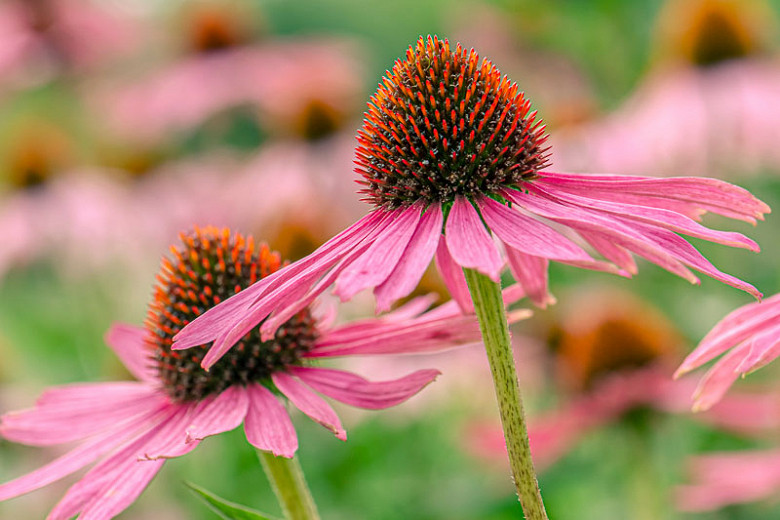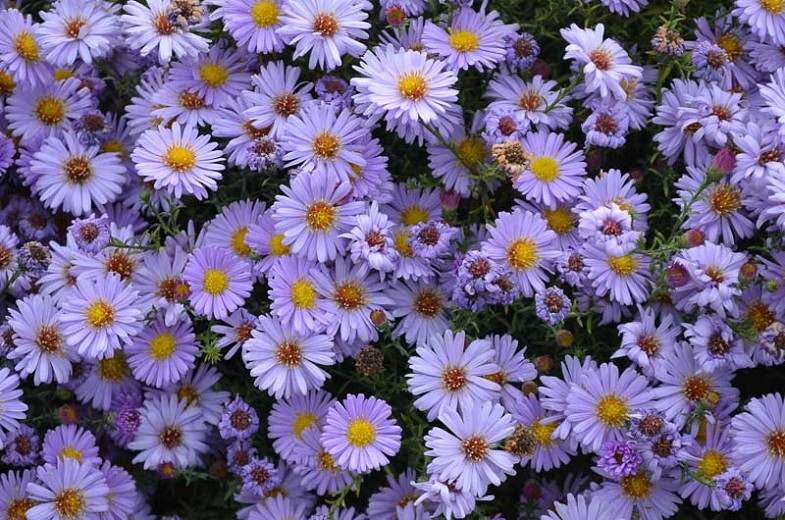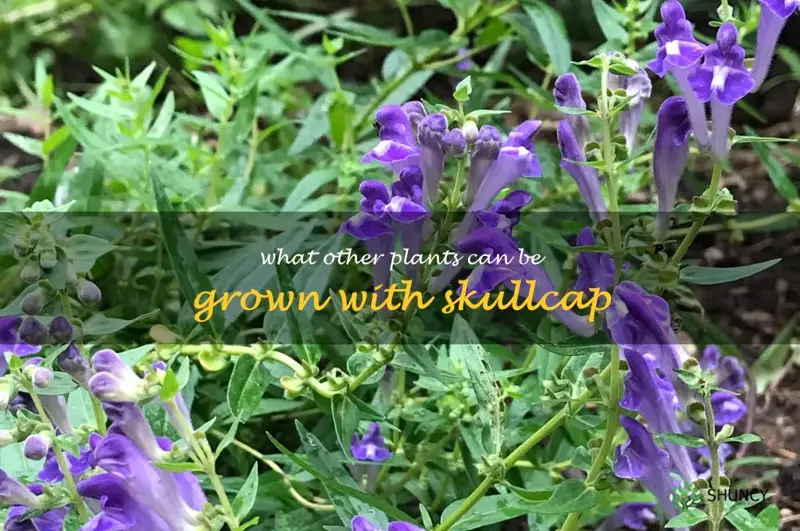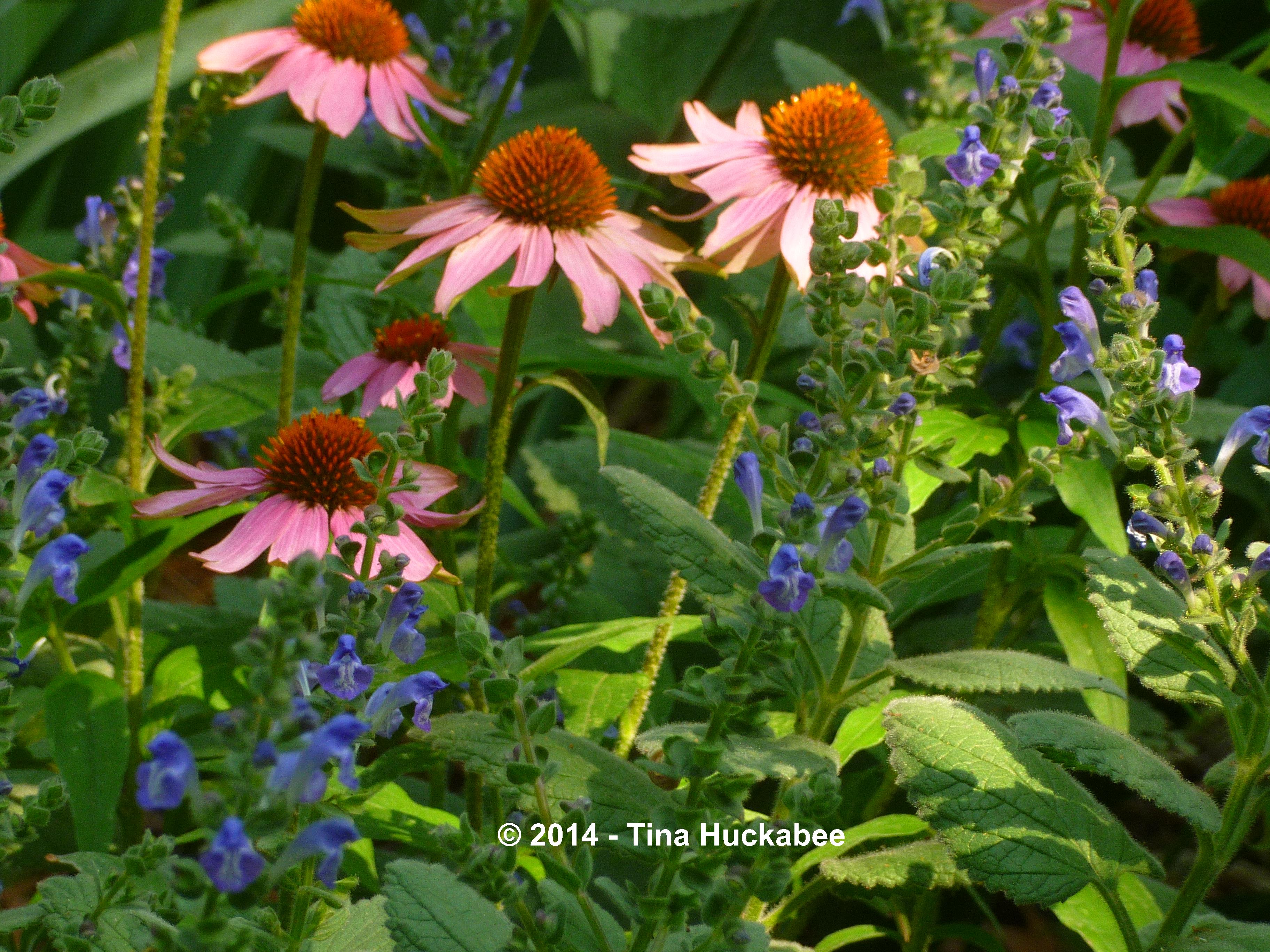Amazing Companion Plants For Skullcap
Amazing Companion Plants for Skullcap
Skullcap is a beautiful and versatile perennial plant that can be found in a variety of habitats, from meadows to woodlands. It is known for its lavender-blue flowers, which bloom in the summer. Skullcap is also a medicinal plant, and has been used for centuries to treat a variety of ailments.
When choosing companion plants for skullcap, it is important to consider the plant's needs. Skullcap prefers full sun to partial shade and moist, well-drained soil. It is also a relatively low-maintenance plant, so you don't need to worry about it being too demanding.
Here are some amazing companion plants for skullcap:
- Blephilia ciliata (Downy Wood Mint): This native North American plant is a great companion for skullcap because it has similar growing conditions. Blephilia ciliata also has attractive blue flowers that bloom in the summer.

- Echinacea purpurea (Coneflower): Coneflowers are another great choice for companion plants for skullcap. They are both tall and upright plants, so they will help to fill out your garden. Coneflowers also attract pollinators, which will help to keep your skullcap healthy.

- Aster laevis (Smooth Blue Aster): Asters are a diverse group of plants that come in a variety of colors. They are also relatively easy to grow, making them a great choice for companion plants for skullcap.

- Solidago juncea (Goldenrod): Goldenrod is a tall, upright plant that blooms in the fall. It is a great choice for companion plants for skullcap because it will help to extend the blooming season in your garden.

- Rudbeckia fulgida (Black-Eyed Susan): Black-eyed Susans are a popular choice for companion plants for skullcap because they are both tall and colorful plants. They also attract pollinators, which will help to keep your skullcap healthy.

In addition to these plants, there are many other great companion plants for skullcap. When choosing companion plants, it is important to consider the plant's needs and the overall look of your garden. With a little planning, you can create a beautiful and harmonious garden that features skullcap and its amazing companion plants.
Skullcap is a beautiful and versatile plant that can be grown in a variety of settings. It is also a great companion plant, meaning that it can be planted near other plants to benefit both of them.
If you are interested in learning more about skullcap companion planting, I recommend visiting Gardenia Inspiration. This website has a wealth of information on the topic, including a list of plants that make good companions for skullcap.
In addition to providing information on companion planting, Gardenia Inspiration also has a blog that covers a variety of other gardening topics. Whether you are a beginner or an experienced gardener, you are sure to find something of interest on this website.
FAQ of skullcap companion planting
Q: What are the benefits of companion planting with skullcap?
A: Skullcap is a beneficial herb that can be used to attract pollinators, repel pests, and improve soil health. When companion planted with other herbs, flowers, and vegetables, skullcap can help to:
- Increase pollination: Skullcap's blue flowers are attractive to bees, butterflies, and other pollinators. This can help to increase pollination of other plants in the garden, which can lead to a better harvest.
- Repel pests: Skullcap's essential oils have insecticidal properties. This can help to repel pests such as mosquitoes, aphids, and beetles.
- Improve soil health: Skullcap is a nitrogen-fixing plant. This means that it can help to improve the nitrogen content of the soil, which can benefit other plants in the garden.
Q: What are some good companion plants for skullcap?
A: Some good companion plants for skullcap include:
- Chamomile: Chamomile and skullcap are both beneficial herbs that can attract pollinators and repel pests. They can also be used to make calming teas.
- Lavender: Lavender and skullcap both have insecticidal properties. They can be planted together to help repel pests.
- Yarrow: Yarrow is a flowering plant that can attract pollinators and improve soil health. It can also be used to make medicinal teas.
- Tomatoes: Skullcap can help to repel pests that can damage tomatoes, such as aphids and whiteflies.
- Beans: Skullcap can help to improve the nitrogen content of the soil, which can benefit beans.
Q: How do I plant skullcap with other plants?
A: When planting skullcap with other plants, it is important to consider the size and growth habits of the plants. Skullcap is a relatively tall plant, so it is best to plant it with other tall plants, such as yarrow or lavender. It is also important to plant skullcap in a sunny location.
Q: How do I care for skullcap companion plantings?
A: Skullcap is a relatively easy plant to care for. It needs full sun and well-drained soil. It should be watered regularly, but not too much. Skullcap does not need to be fertilized often.
Q: What are some common problems with skullcap companion plantings?
A: Some common problems with skullcap companion plantings include:
- Pests: Skullcap can be susceptible to pests such as aphids and whiteflies. These pests can be controlled with insecticidal soaps or neem oil.
- Diseases: Skullcap can be susceptible to diseases such as powdery mildew. These diseases can be prevented by planting skullcap in a well-drained location and avoiding overwatering.
Image of skullcap companion planting
5 different images of "skullcap companion planting" from Pinterest:
- Skullcap and yarrow. Yarrow is a good companion plant for skullcap because it attracts beneficial insects, such as ladybugs and lacewings, which help to control pests.

- Skullcap and lavender. Lavender is another good companion plant for skullcap because it helps to repel pests.
- Skullcap and bee balm. Bee balm is a good companion plant for skullcap because it attracts pollinators, such as bees and butterflies.

- Skullcap and coneflower. Coneflower is a good companion plant for skullcap because it helps to attract beneficial insects.

- Skullcap and echinacea. Echinacea is a good companion plant for skullcap because it helps to attract beneficial insects and repel pests.


Post a Comment for " Amazing Companion Plants For Skullcap"